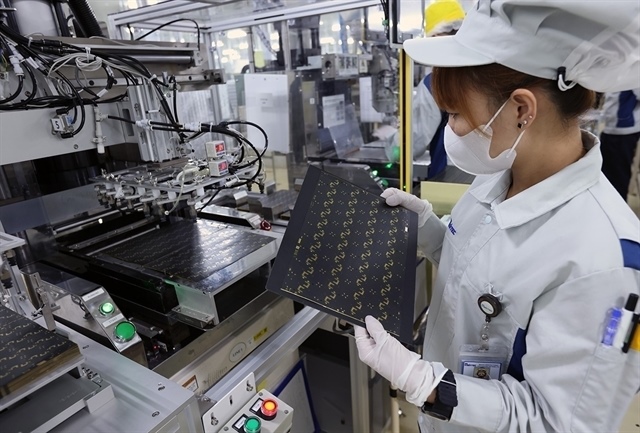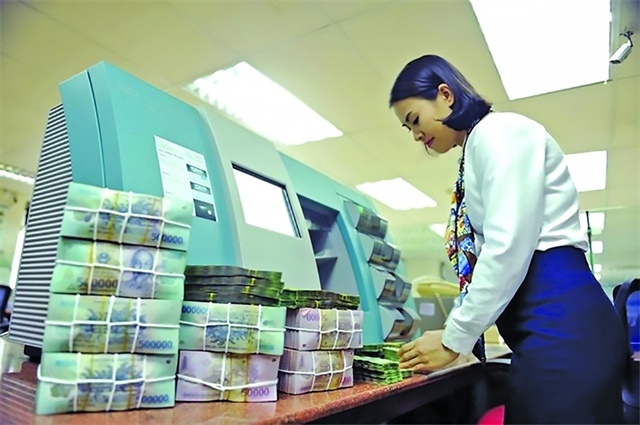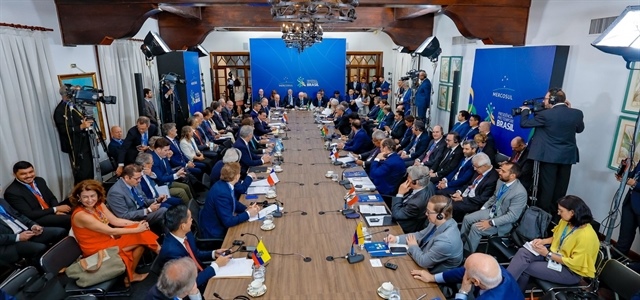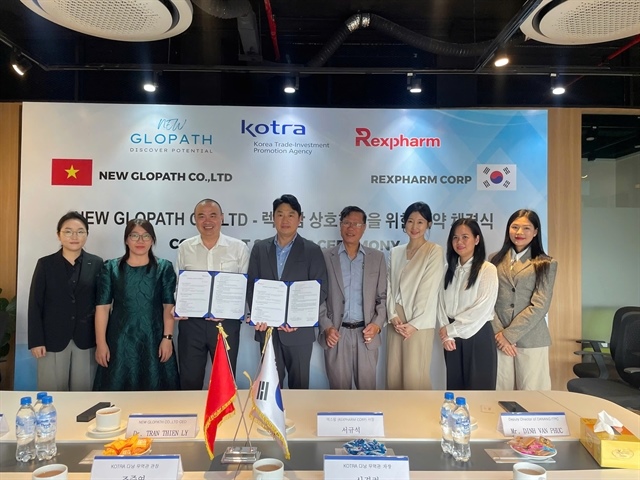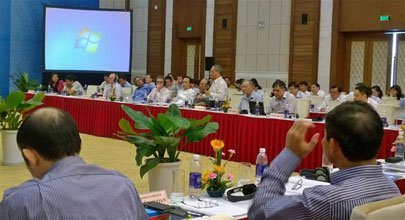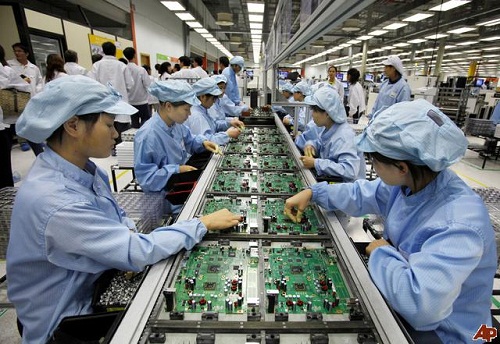Vietnam economy to undergo sea changes after EU trade pact takes effect
Vietnam economy to undergo sea changes after EU trade pact takes effect
Vietnam has agreed to drastically change its economic structure, including the elimination of uncompetitive firms and the refinement of a new generation of businesses, when choosing to enter a free trade agreement (FTA) with the EU, a German expert has said.
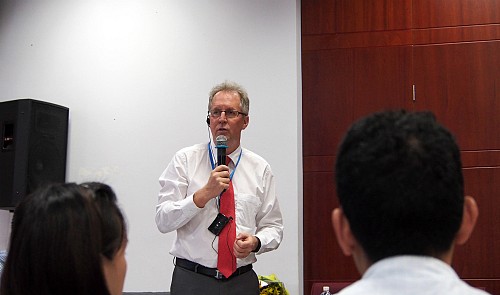
Some people are concerned about the fate of Vietnam’s small- and medium- enterprises as cheaper European goods may be imported into the Southeast Asian country in huge amounts after the Vietnam-EU trade pact takes effect, Erwin Schweisshelm, chief representative of Germany’s Friedrich Ebert Stiftung Institute in Vietnam, said at a seminar in Ho Chi Minh City last week.
As a side effect of the economic integration game, only firms with ample capital resources and quality products or services can survive, whereas incompetent companies will have to exit the market, Schweisshelm remarked at the seminar on the legal perspective of the Vietnam-EU FTA on August 27.
Meat imports from the EU into Vietnam will compete with the local livestock industry so enterprises operating in the sector must try to survive, or they will be forced to go bankrupt in trying to do so, leaving only the fittest to make it through, he said.
The Vietnam-EU pact is the first such agreement that the union has ever signed with any Asian countries, and it is seen as the benchmark for other FTAs the bloc will clinch with other trade partners in the future, according to Schweisshelm.
Vietnam and the EU on August 4 reached agreement in principle for a free trade pact after concluding many sessions of negotiations from June 2012 to August 2015, with a view to ensuring an effective environment for trade and investment relations.
The in-principle trade deal includes the elimination of nearly all tariffs, at over 99 percent, for the two sides, in which Vietnam will liberalize the tariffs over a 10-year period and the EU will do so over a 7-year period.
The agreement, which is expected to take effect from the end of next year, also covers non-tariff barriers to trade and other trade-related aspects such as public procurement, regulatory issues, competition, services, investment, intellectual property rights, and sustainable development.
Accordingly, 99 percent of import tariffs between Vietnam and the EU will be abolished and about 65 percent of Vietnamese goods exported to the union will be entitled to tax exemption rights after the agreement enters into force, Schweisshelm said.
Agricultural and aquatic products, garment-textile and footwear shipments from Vietnam will be the biggest beneficiaries, as their exporters will be exempt from all import taxes within the maximum time frame of seven years.
But what the EU really wants when giving such incentives to Vietnamese goods is the real improvement in the production of those products, the increment of Vietnamese firms’ capacity, and their higher position in the global supply chain, the German representative added.
One of the measures introduced via the FTA to accelerate the progress is the strict rule of origin, he said.
"For example, for garment and textile products, the rule of origin consists of two phases, including that the sewing process must be done in Vietnam,” he said.
“But this is easier to meet than the ‘yarn forward rule of origin’ that the U.S. requests in its FTA negotiations with Vietnam,” he said.
The textile and dyeing sector of Vietnam has not developed so the country has to import materials from other countries in the region such as China.
So as to get rid of the dependence on imports from China, Vietnamese firms must roll up sleeves and begin to engage in the making of those materials so that the final products will be entitled to tax cuts when entering the EU, Schweisshelm said.
Establishing joint ventures with foreign companies, like the way local textile companies are working with Chinese or Hong Kong investors on building material production areas in Vietnam, in order to meet the provisions of the FTA is a feasible solution, Dr. Truong Minh Huy Vu, director of the Center for International Studies under the Ho Chi Minh City University of Social Sciences and Humanities, said at the seminar.
In 2014, the EU constituted one of the most important overseas markets for Vietnam after the U.S., closely overtaken by the U.S. by only US$500 million.
With $27.9 billion, the EU purchased as much as 18.6 percent of Vietnam's global exports last year, according to official figures.
In particular, the continuous surplus of $19 billion that Vietnam enjoys in its bilateral commercial links with the EU has significantly helped offset the country's huge trade deficit with China, leading to an estimated global trade surplus of about $2 billion for the Southeast Asian nation.


